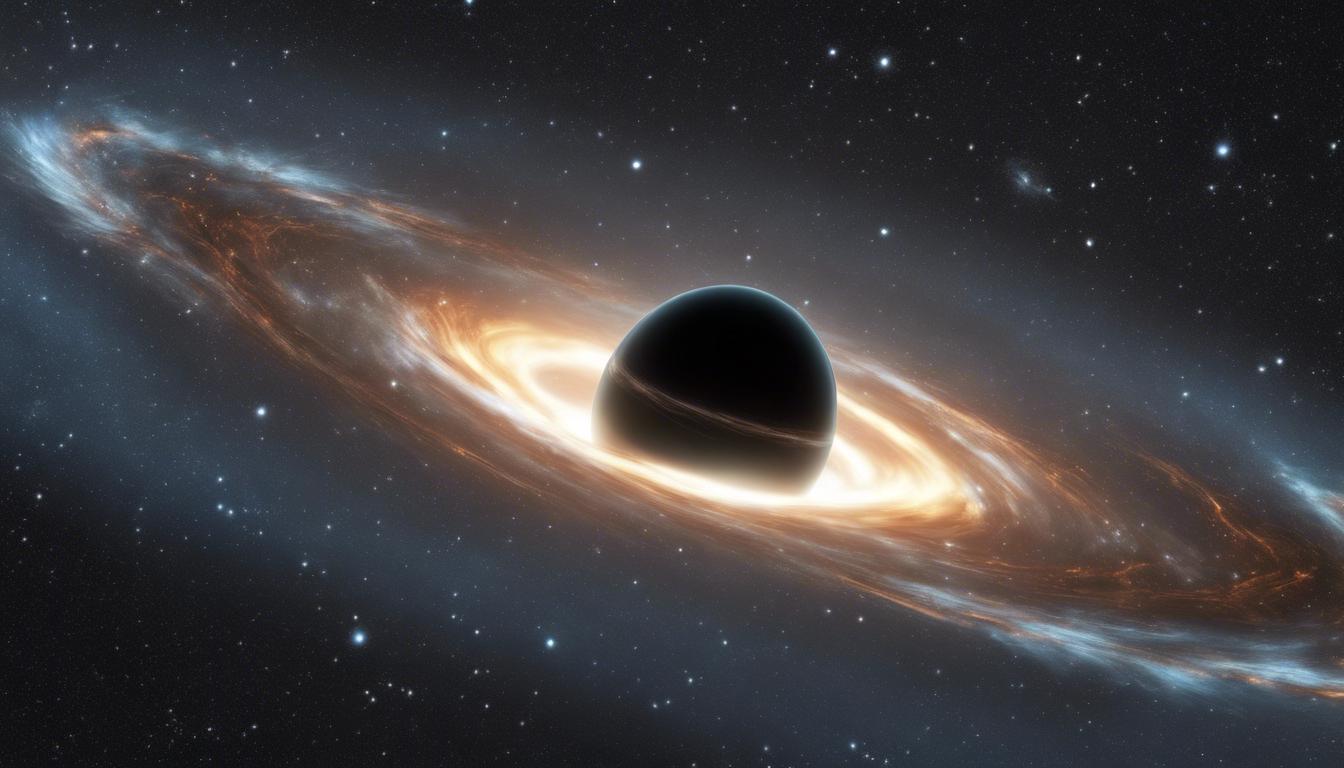A landmark discovery by astronomers using the European Space Agency’s Gaia mission and the ESO’s Very Large Telescope has unveiled Gaia-BH3, the largest stellar black hole in our galaxy, located within the constellation Aquila.
Astronomers, in collaboration with the European Space Agency’s Gaia mission and researchers from University College London, have discovered the most massive stellar black hole in the Milky Way, which they have named Gaia-BH3. Located just 2,000 light-years away in the constellation Aquila, this black hole is 33 times the mass of the Sun, making it the largest stellar black hole identified within our galaxy that originated from a star.
The breakthrough was achieved by analyzing the gravitationally influenced movements of a nearby bright star, detected by the Gaia space telescope. The European Southern Observatory’s Very Large Telescope in Chile further verified the mass of Gaia-BH3 and its interaction with its companion star.
Lead researcher Dr. Pasquale Panuzzo, from Paris Observatory and part of the Gaia collaboration, highlighted the significance of discovering such a massive black hole within our galaxy, noting that similar discoveries are typically made in distant galaxies through gravitational wave observations. Dr. George Seabroke from UCL described the discovery as revelatory, comparing it to a moment from the film “The Matrix” due to its potential to unveil more about the hidden population of dormant stellar black holes in the Milky Way.
The findings, soon to be published in the journal Astronomy and Astrophysics, promise to provide new insights into black hole formation and dynamics within our galaxy. This discovery also sets the stage for further investigations that could be propelled by upcoming data releases from the Gaia space telescope at the end of 2025.













